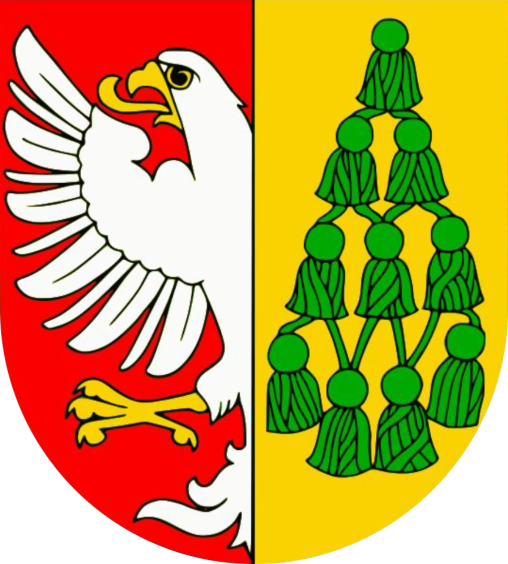Calamity winter of 1970
Perhaps no season draws as much attention to itself as winter. Summer can also take care of some temperature records or droughts, but winter has the upper hand in this case. It can have many attributes. Sometimes meteorologists characterize winter as mild or short, other times it is too long for us, but there are few who remember the Arctic winter, severe and unforgiving, that was recorded in 1929. It was, I think, rightly hailed as the winter of the century.
We will recall it with a few lines.
December 1928 was relatively warm. The New Year, however, arrived with a relatively abundant supply of snow. Then the cold Arctic air began to flow into our territory from the northeast and settled in our area for more than a d v a m e . It was as if positive temperatures did not exist. The average February temperature this year was -11 °C. The maximum was reached on 11 February. At that time, the temperature was -27.1 °C in Klementinum in Prague, -42.2 °C in Litvínovice in the České Budějovice region, -42.2 °C in Jablunkov in Silesia and -36 °C in Vestec. A severe winter gripped almost the whole of Europe. According to observers' reports, it was also freezing in Italy, where canals froze in Venice, and snow and hard frosts plagued Turkey. And the antipodeans were sweating at +40°C.
Already there are more memories of the winter that took place in 1969/1970. It was called a remarkable, snowy and consequently calamitous winter.
What do the statistics say about her?
The winter of 1969/1970 was a cold winter, especially with a lot of snow. The average snow depth was 96cm, the highest snow depth was measured on 6 March 1970 at Bedřichov station, 235cm.
The number of days with continuous snow cover exceeded 100.
Surprisingly, it all started on 26 November 1969 with a snowstorm that so crippled traffic that many people did not get to work and children did not get to school. And that was just the beginning. Although the situation stabilised in the following days and months, the snow never disappeared. The true winter atmosphere was illustrated by severe frosts, with -20 °C and even -30 °C being no exception.
However, the real calamity did not occur until the beginning of March.
Since the end of February it started to snow slightly but permanently. To make it worse, strong winds came. The onset of March was marked by a further influx of snow and wind. The situation escalated from Thursday to Friday, March 6, when at night the strong winds blew over all roads and main roads so that they were not visible at all. As a result, only a few individuals could barely get to work. It will be recalled that there were not as many cars on the roads as there are today and travellers were dependent on public transport.
Behind the mountains of snow, one could get lost. There was nothing to do but to fight the vagaries of the weather. Everyone who could, took up a rake or a shovel. The road crew ploughed, and in some places even the soldiers had to help. The main road in Benesov resembled a deep white ravine that barely allowed a bus to pass. Some secondary roads were non-existent. We could still perceive the white theatre, the polar scenery, in the following days. During the weekend the weather stabilized, but when the calendar announced the first day of spring, there was still half a meter of snow on the fields. Spring was late that year.
As I write these lines, winter is upon us again and I don't know what vagaries it will surprise us with. I hope we won't have to invent another adjective for it. Hopefully it will be normal.
Blanka Pašková, chronicler
